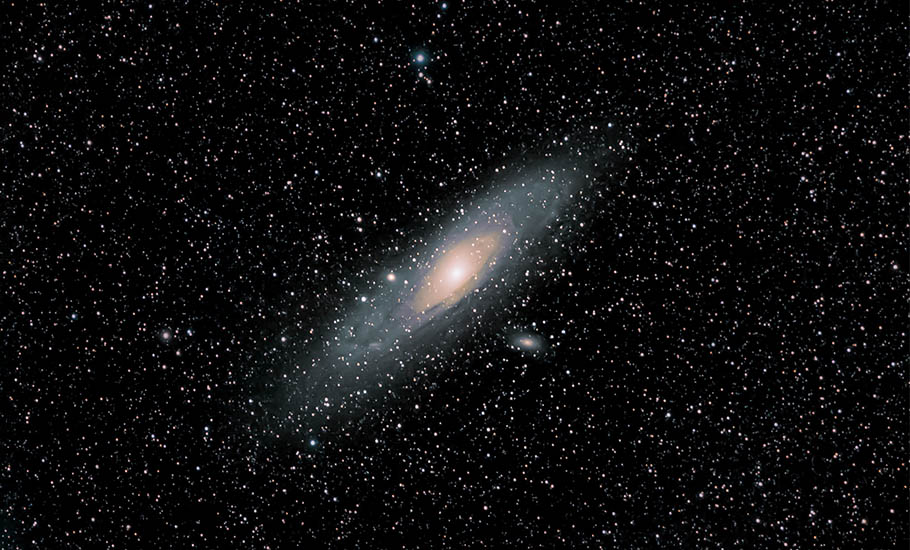
Distant exo-planets could harbour life in 'terminator zones': Study

“Terminator zones” on distant exoplanets, or zones where the “day” side of the planet meets the “night” side, could potentially harbour extra-terrestrial life, according to a new study.
Astronomers from University of California, Irvine (UCI), US, describe “terminator” as the dividing line between the day and night sides of the planet, which have one side that always faces its star and one side that is always dark.
Terminator zones could exist in that “just right” temperature zone between too hot and too cold, they said in the study.
Also read: Space telescope uncovers massive galaxies near cosmic dawn
“These planets have a permanent day side and a permanent night side,” said Ana Lobo, a post-doctoral researcher in the UCI Department of Physics and Astronomy, who led the new work published in The Astrophysical Journal.
Existing around M-dwarf stars
Lobo added that such planets are particularly common because they exist around stars that make up about 70 per cent of the stars seen in the night sky — so-called M-dwarf stars, which are relatively dimmer than our Sun.
“You want a planet that’s in the sweet spot of just the right temperature for having liquid water,” said Lobo, because liquid water, as far as scientists know, is an essential ingredient for life.
“This is a planet where the day side can be scorching hot, well beyond habitability, and the night side is going to be freezing, potentially covered in ice. You could have large glaciers on the night side,” Lobo said.
According to the study, Lobo, alongside Aomawa Shields, UCI associate professor of physics and astronomy, modelled the climate of terminator planets using software typically used to model our own planet’s climate, but with a few adjustments, including slowing down planetary rotation.
Also read: Researchers study microbial interactions in International Space Station
Searching for water
One key to the finding, Lobo added, was pinpointing exactly what kind of terminator zone planet can retain liquid water.
If the planet is mostly covered in water, then the water facing the star, the team found, would likely evaporate and cover the entire planet in a thick layer of vapour.
But if there’s land, this effect shouldn’t occur.
“Ana has shown if there’s a lot of land on the planet, the scenario we call terminator habitability can exist a lot more easily,” said Shields.
“These new and exotic habitability states our team is uncovering are no longer the stuff of science fiction — Ana has done the work to show that such states can be climatically stable,” said Shields.
Habitable climates?
The study believes it is the first time that astronomers have been able to show that such planets can sustain habitable climates confined to this terminator region.
Historically, researchers have mostly studied ocean-covered exo-planets in their search for candidates for habitability.
Also watch: CERN Collider: One step closer to decoding the laws of the universe
However, this study could increase the options life-hunting astronomers have to choose from.
“We are trying to draw attention to more water-limited planets, which despite not having widespread oceans, could have lakes or other smaller bodies of liquid water, and these climates could actually be very promising,” Lobo said.
“By exploring these exotic climate states, we increase our chances of finding and properly identifying a habitable planet in the near future,” said Lobo.
(With agency inputs)

